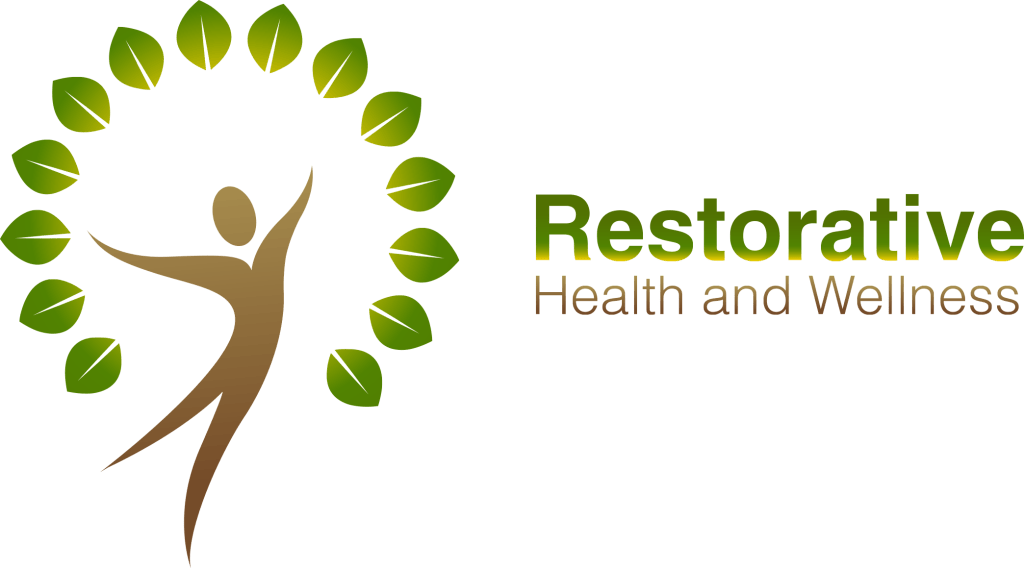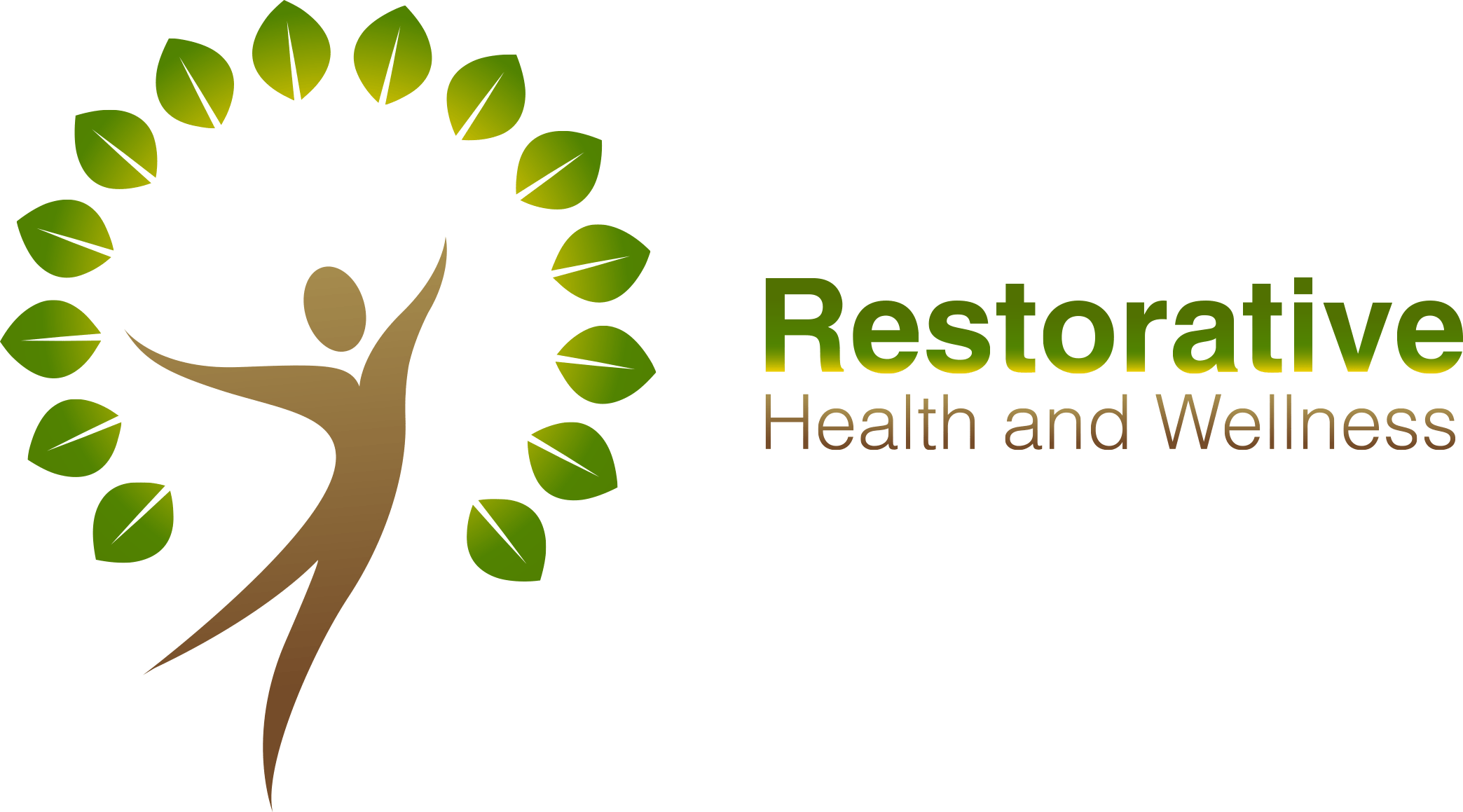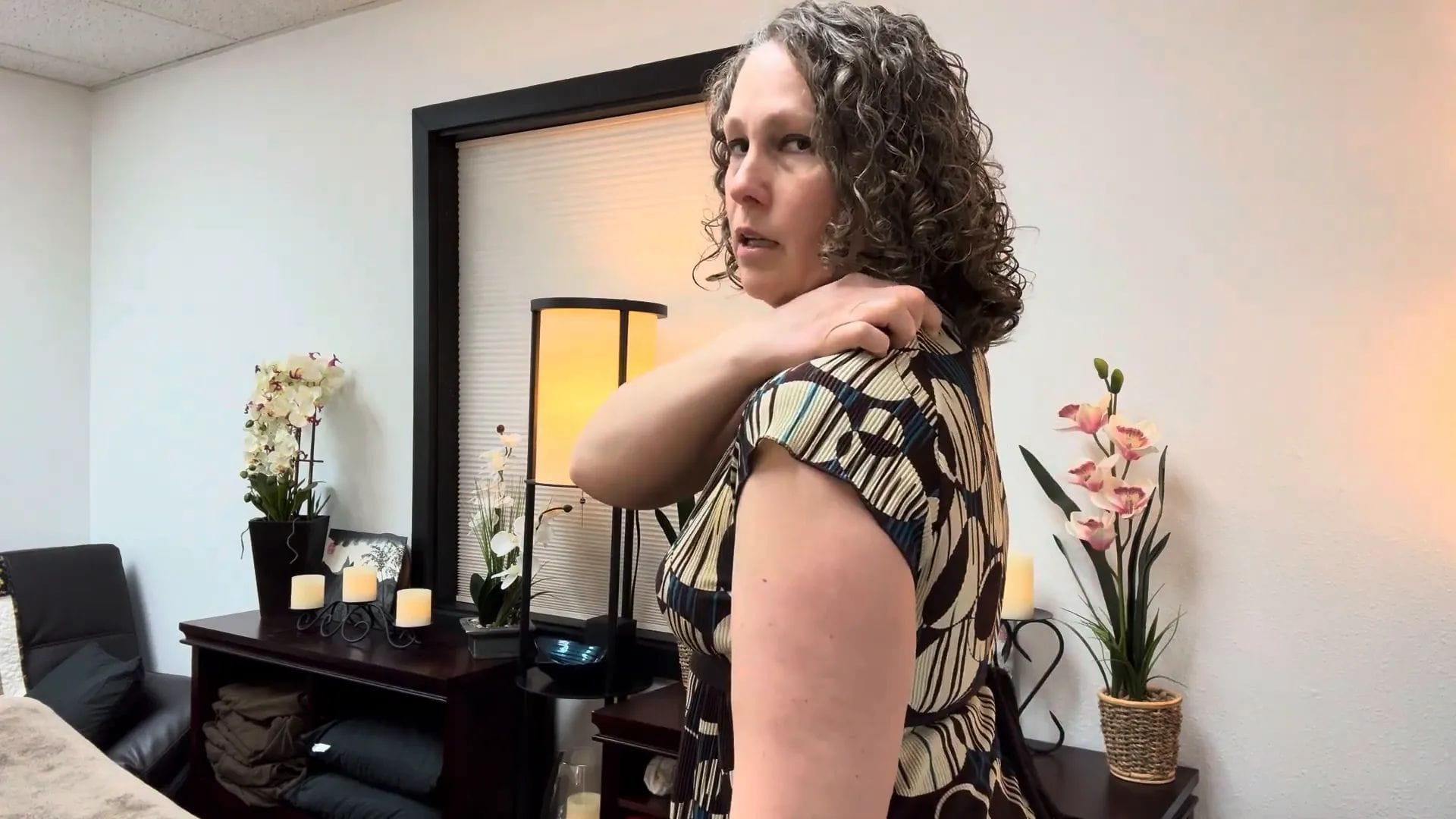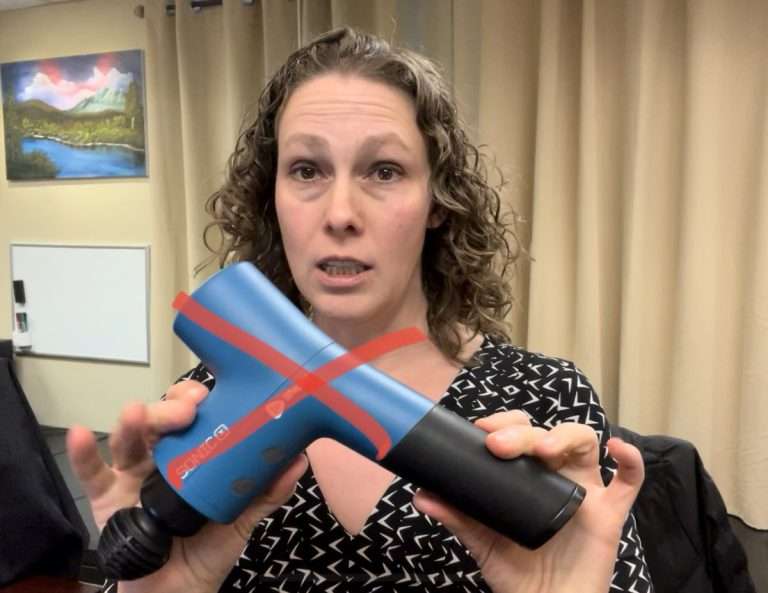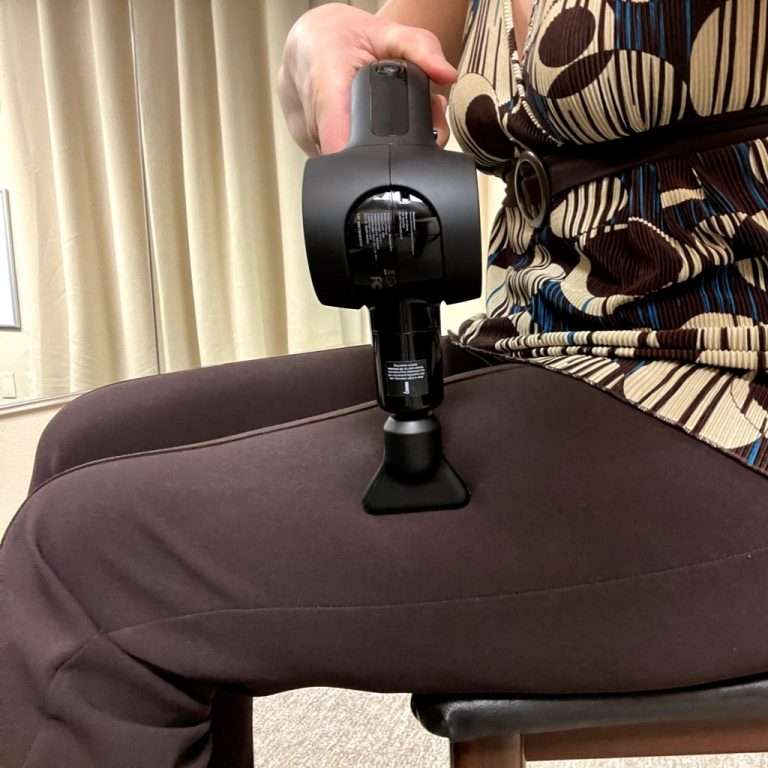Neck Pain Don’t Wear a Bra: Understanding the Connection and Finding Relief
Hi, I’m Emily Boudwin, a restorative exercise specialist and neuromuscular massage therapist. Today, I want to share some insights about a common cause of pain inside the neck—specifically related to the levator scapulae muscle—and why stopping wearing a bra might help alleviate this discomfort. If you’ve been experiencing neck pain or headaches that seem to worsen in the afternoon, this article is for you.
This blog post will explore the anatomy behind this neck pain, how lifestyle habits including bra wearing can contribute to it, and what you can do to ease the symptoms. I’ll also link to some of my previous posts on neck pain and therapeutic massage to help you dig deeper into self-care and professional treatment options.

What is the Levator Scapulae Muscle and Why Does it Hurt?
The levator scapulae is a small but powerful muscle that attaches from the top, medial edge of your shoulder blade (scapula) to the side of your neck. Its main function is to lift the scapula, which helps in shoulder movement and neck stabilization.
Because of its position, this muscle can become tight and painful, especially if it’s chronically shortened or strained. Many clients I see complain of pain right inside the neck, near where the levator scapulae attaches, along with headaches that often start around 3 pm or later in the day.
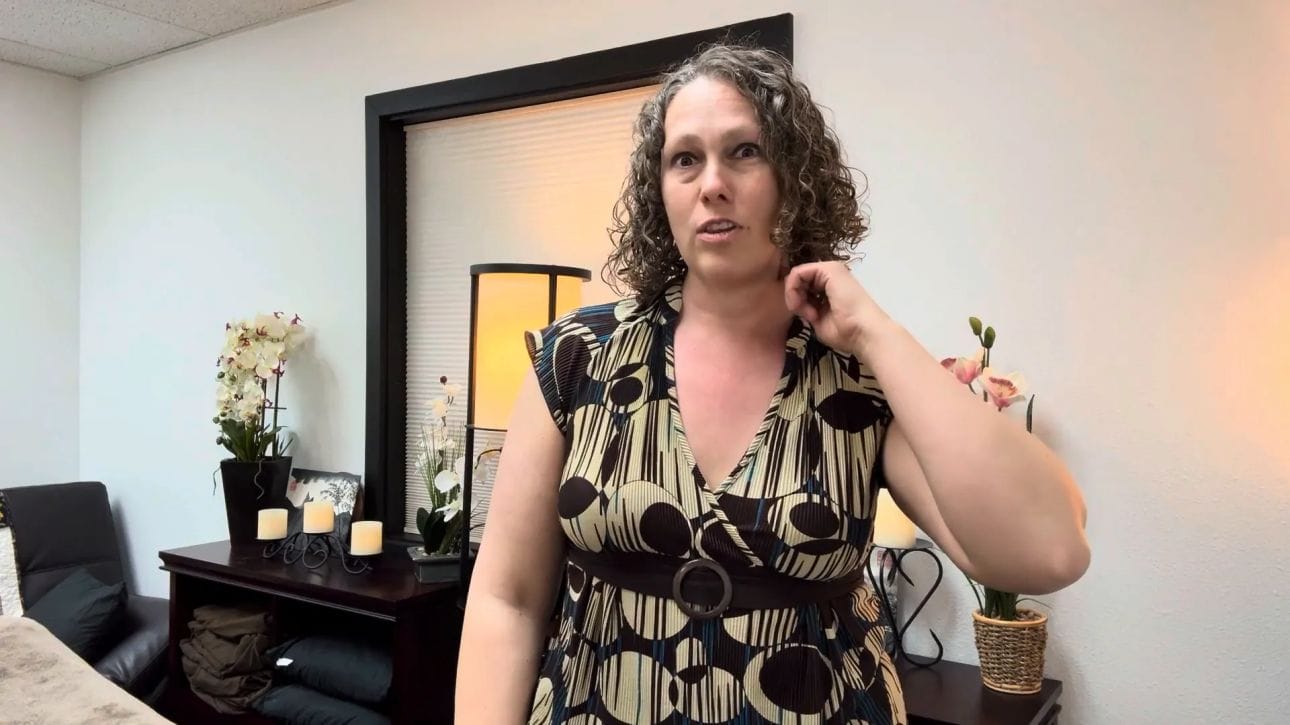
In my own experience, the pain was usually on the right side because my right shoulder tended to elevate. This elevation caused the levator scapulae on that side to stay shortened and tight, leading to tension headaches and neck discomfort.
How Wearing a Bra Can Contribute to Neck Pain
One surprising culprit for this neck pain is the bra we wear. Bras, especially those with tight straps or improper support, can cause your shoulders to elevate or create uneven tension across your neck and shoulders. This pulls the levator scapulae muscle into a shortened, tight state.
To address this, I made a conscious decision to stop wearing traditional bras and switched to silicone cups instead. These cups are adhesive and stick directly to the breast tissue without connecting across the chest. This allows your breast tissue to move freely up, down, and side to side, which is important for lymphatic drainage and muscle movement.
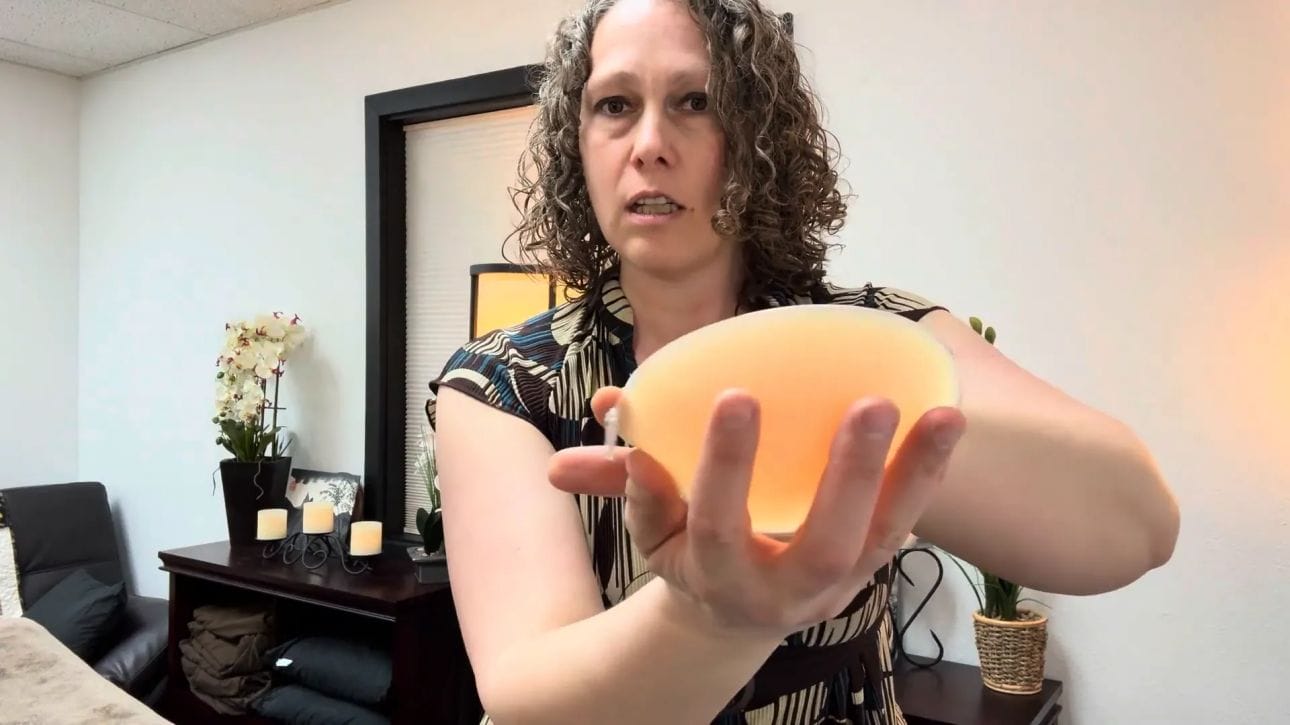
Why is this important? The lymphatic system in the breast area requires movement to effectively clear waste and toxins from the tissue. Binding breast tissue tightly can restrict this essential movement and contribute to fluid buildup, tension, and pain.
How Lifestyle and Posture Affect Levator Scapulae Tension
Besides bra wearing, there are many everyday habits that contribute to levator scapulae tightness:
- Carrying a heavy bag or purse on one shoulder
- Wearing a bra strap that constantly slips off
- Resting your forearm on an office chair or car door while driving
- Slouching or poor posture during desk work or phone use
All of these habits can cause your shoulder to elevate or your neck muscles to compensate, leading to chronic tension and pain in the levator scapulae.
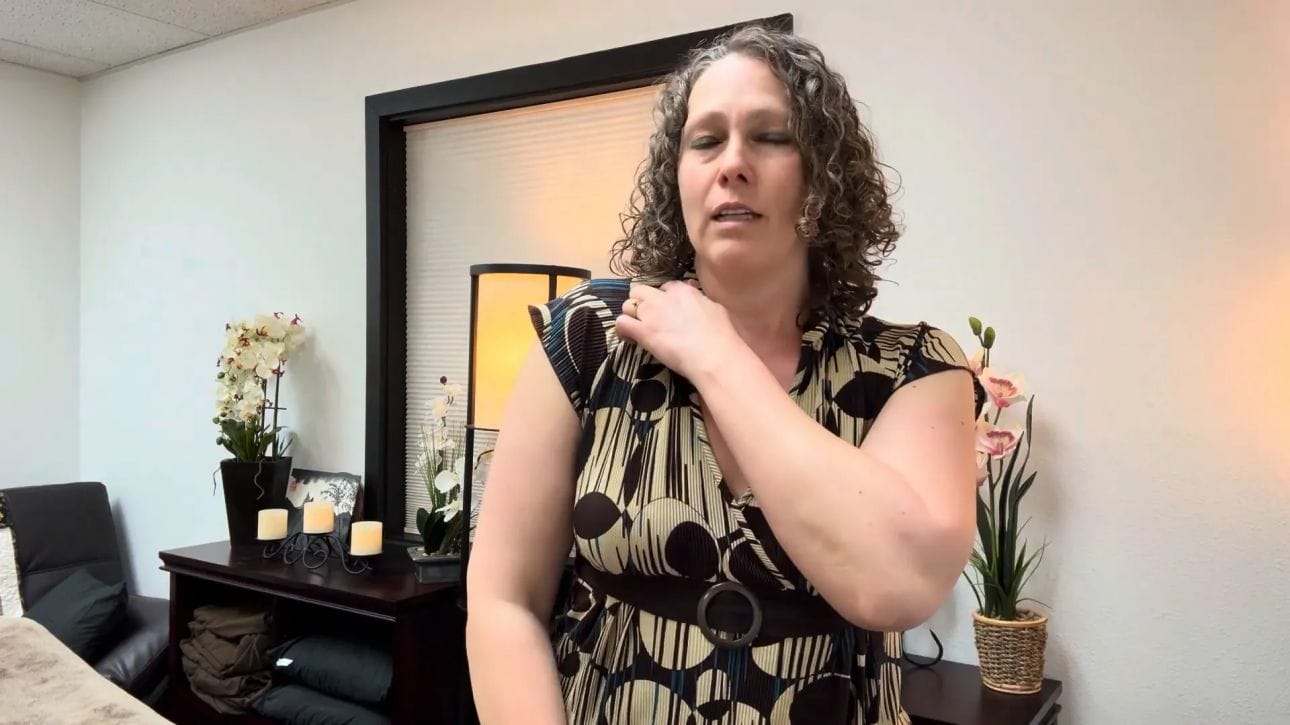
Understanding Muscle Memory and Chronic Neck Pain
Our bodies develop muscle memory based on habitual positions and tension patterns. The levator scapulae muscle, along with others in the neck and shoulder region, tends to hold tension when your “relaxed” state is actually a shortened, tight position.
For example, if the muscle’s resting length is shortened because your shoulder habitually elevates, the muscle will stay tight and sore. This chronic tension is what causes persistent neck pain and headaches for many people.
Practical Steps to Relieve Neck Pain: Stop Wearing a Bra (or Choose Wisely)
One of my key recommendations is to stop wearing restrictive bras if you notice neck pain or headaches related to shoulder tension. Try going without a bra or using silicone cups as an alternative to see if your symptoms improve.
If you do need to wear a bra in public, consider these tips:
- Choose bras with wide, comfortable straps that don’t slip off
- Avoid bras that pull your breast tissue close together or lift it unnaturally
- Try camisoles or less restrictive undergarments that allow more freedom of movement
- Be mindful of how the bra affects your shoulder position throughout the day
These changes allow your body to maintain a more neutral shoulder position, reducing tension on the levator scapulae and other neck muscles.
Additional Tips to Manage Neck Pain and Improve Muscle Health
Besides adjusting your bra and posture, here are some other practical ways to manage neck pain caused by levator scapulae tension:
- Gentle Stretching: Stretch the levator scapulae by tilting your head forward and to the opposite side of the pain, holding for 20-30 seconds.
- Restorative Exercise: Engage in exercises that promote balanced shoulder and neck positioning. Restorative exercise can retrain your body to avoid habitual tension.
- Massage Therapy: Neuromuscular massage therapy targets tight muscles and helps release chronic tension. I offer specialized massage sessions focusing on headache and neck pain relief. Learn more about therapeutic massage.
- Ergonomic Adjustments: Modify your work and driving posture to avoid resting your forearm or shoulder in positions that cause tension.
Learn More About Neck Pain and Treatment Options
If you want to explore more about neck pain causes and treatments, I encourage you to visit some of my previous posts on Restorative Health and Wellness. You’ll find detailed guidance on managing TMJ dysfunction, migraines, and stiff necks through self-care and professional therapeutic massage.
Understanding your body’s signals and addressing the root causes of neck pain can make a big difference in your quality of life. Remember, chronic pain is often a sign that your body needs a new approach, whether that’s lifestyle changes, better posture, or expert care.
Final Thoughts
The connection between neck pain and bra wearing might not be obvious at first, but it’s an important factor to consider if you suffer from tension headaches or neck discomfort. The levator scapulae muscle’s tightness can be influenced by the way your shoulders are positioned throughout the day, and restrictive bras often contribute to this problem.
Try giving your body freedom by stopping the use of bras or choosing less restrictive alternatives like silicone cups or camisoles. Pay attention to your posture and daily habits that might be causing shoulder elevation. Incorporate gentle stretches, restorative exercises, and consider therapeutic massage to support healing.
By taking these steps, you can reduce muscle tension, improve lymphatic flow, and find relief from persistent neck pain. If you have questions or want personalized guidance, feel free to reach out or book a session with a qualified neuromuscular massage therapist.
Take care of your neck and shoulders—they carry a lot of your daily stress. Your body will thank you!
